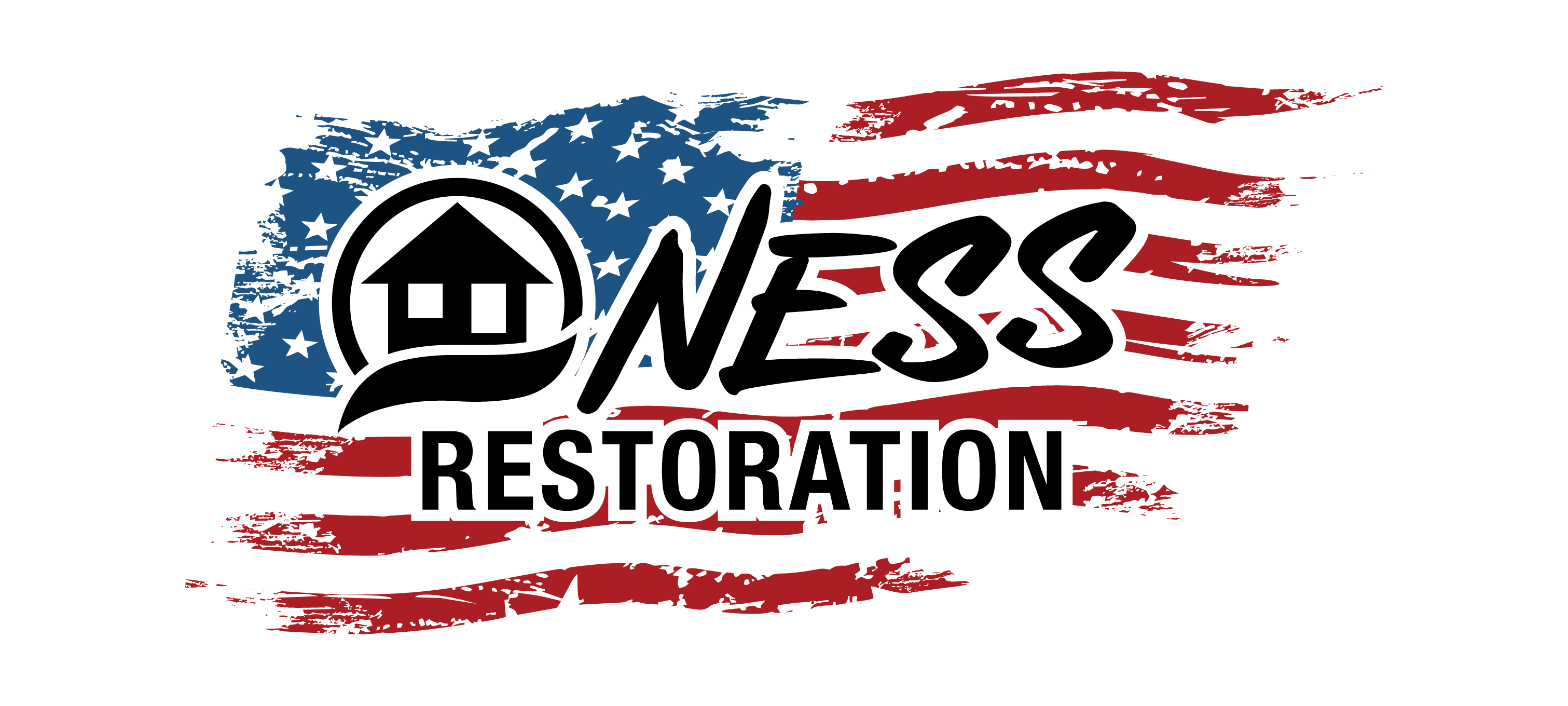[image_frame style=”framed” align=”left”]http://nessllc.com/wp-content/uploads/2011/08/Safe-From-Fire.jpg[/image_frame]
“Residential structure fires represented approximately 85 percent of all fire deaths and 77 percent of the injuries to civilians in 2009. Between 2000 and 2009, an average of 2,919 civilians lost their lives and another 14,081 were injured annually as the result of residential structure fires” (firesafety.gov).
Though the risk of residential fires has decreased over the past few years, having a fire-safe house is key to you and your family’s safety. Perhaps the most important step to creating a fire safe home is proper smoke detection. “The death rate per 100 reported fires was twice as high in homes without a working smoke alarm as it was in homes with this protection” (nafpa.org). Other factors obviously contribute to a safe home, but smoke detectors are an easy and important first step. When looking for smoke detectors keep a few things in mind.
1. The cheapest smoke detector is probably not the best.
2. Specific smoke detectors are made for specific areas. Check the package for specifications.
And finally,
3. It’s easier to prevent a fire than restore your home after one, so make sure to get enough smoke detectors to cover your entire house.
Make sure the smoke detectors you purchase are UL listed. Every room used for sleeping should have a smoke detector as well as one on every level of your home. Alarms should be placed where they are exposed to air that naturally circulates and not in corners or low on walls. Of the various types of alarms, photoelectric alarms are more effective at detecting slow, smoldering fires, which can smolder for hours before bursting into flame. Sources of these fires may include cigarettes burning in couches or bedding. Hardwired alarms tend to be more reliable than battery operated only models, but if hard-wiring a system is not an option, be sure to purchase a model that alerts you when the battery is low, and test your smoke detectors often (at least six times a year or more).
In 2009 residential losses from fire totaled more than $7,796,000,000 (firesafety.gov). Repairing and restoring your home after a fire can be a painful and lengthy process. Though you may be able to contain a fire once it starts, smoke damage can easily cause havoc throughout your entire house. Call a professional if you have fire or smoke damage. There are special measures that must be taken to ensure your house is structurally sound after a fire; also, cleaning and sealing smoke damage is not easily achieved, so have it done by someone with experience.
Don’t take the chance. Prepare your home, and call a professional if your home is damaged.

